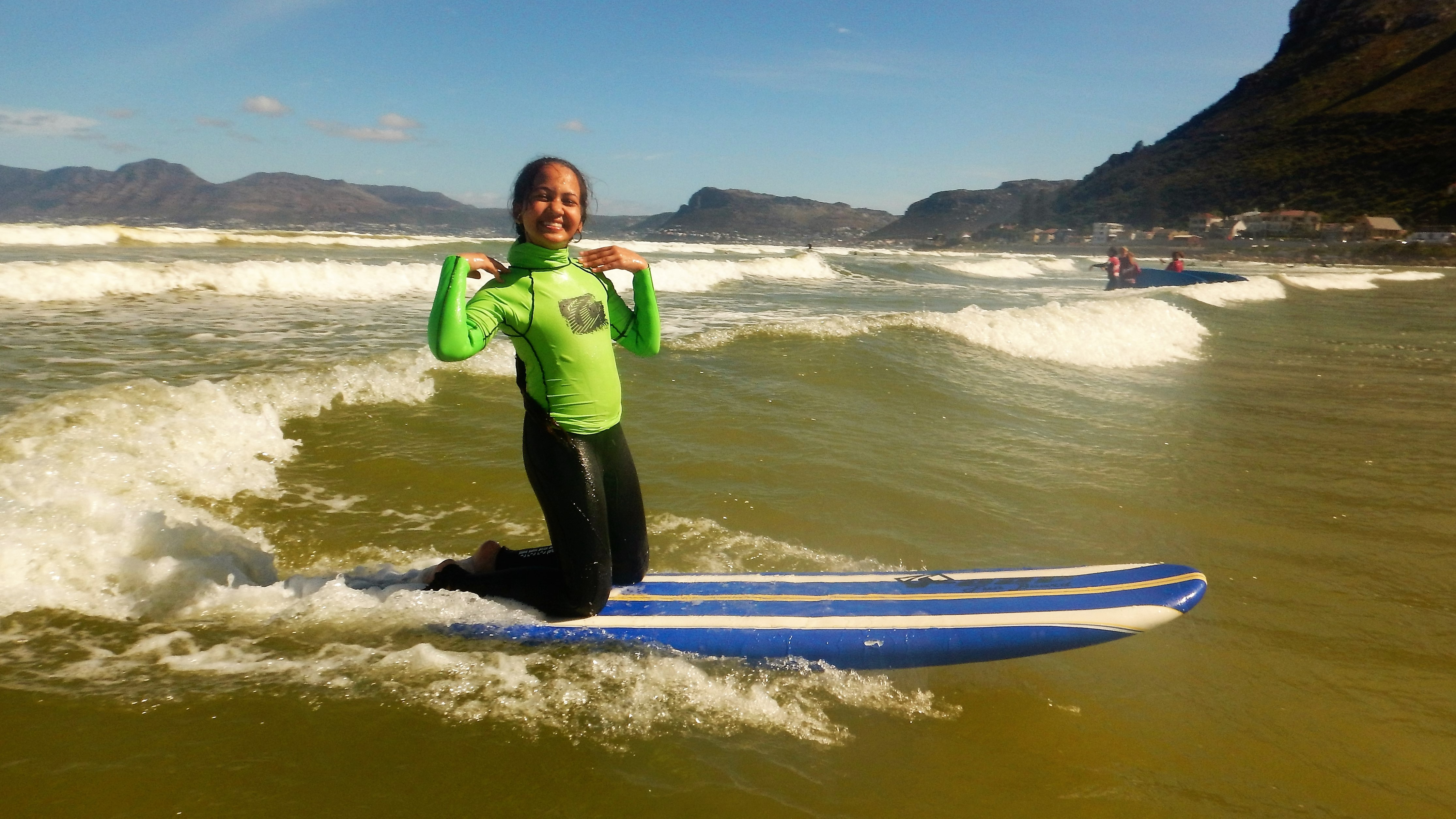Blogs
10 surfing tips for beginners
4th October 2016
Apart from a tiny, competitive minority, nearly all people who surf do so for one simple reason – to have fun! In our last few posts on beginning surfing, we’ve looked at ensuring safety while maximising the fun. We’ve also acknowledged that surfing is ultimately a self-taught skill, but that doesn’t mean there aren’t a few useful tips to help you on your way. So here’s a list to get you on your feet:
10 Surfing tips for beginners
- When lying on the board, position yourself so as to have the nose (front) of the board just above the water. If you lie too far forward you run the risk of nose-diving; too far back and you’ll struggle to catch the waves at all.
- Most boards have a line running lengthways along the centre of the board (this line is called the stringer). Ensure that your weight is distributed symmetrically on either side of the stringer and keep your legs straight.
- Paddle fast, using long, strong strokes when trying to catch a wave. Cup your hands and keep your fingers close together. The faster your board is travelling, the less the wave will jolt you when it hits you – this will make standing up easier. Always paddle straight towards the shore, not at an angle.
- Don’t bother trying to catch a wave at the last minute – rather ensure that you are ready and have tips 1 to 3 in place.
- The best time to attempt to stand up is once you’ve properly caught the wave; during that moment of acceleration down the wave. Timing is crucial – too early and you’ll probably slow down and be left behind by the wave; too late and you’ll have either nose-dived or shot ahead of the wave only to lose all speed, making standing up near impossible.
- If you want to progress onto more challenging waves or become a better surfer one day, then avoid kneeling as you attempt to stand up. You may get away with this in small, slow, beginner waves, but using your knees will quickly become a habit that is very, very hard to break, holding back your progress. Or just become a kneeboarder!
- Surfing is very different to skiing – in skiing you stand facing forward, with one foot next to the other. When surfing, you should be standing “sideways” (with your feet on top of and perpendicular to the stringer). Your back foot should be above or just in front of the board’s fins; a wide stance will make beginning easier.
- Practise standing up while on the beach, but not on your board! Draw the outline of your surfboard in the sand and try to jump up so that your feet land in the right place, in one movement, first time. If you end up crouching with your feet in the right place, that’s fine. Correct foot placement (and no knees!) is far more important for beginners to get right than reaching an upright position (with incorrect foot placement) quickly.
- Once standing, try to turn your board by leaning in the direction you want to turn. Often shifting your weight onto your back foot will make this easier, especially on bigger boards.
- Practise good surfing etiquette! Never “drop in” on people, and never “snake people”. Dropping in is when you catch a wave that someone else is already riding. “Snaking” is paddling straight back to the line-up (where the waves break) and putting yourself in position for the next wave, without letting others who have been waiting have a chance. Once you get accused of snaking you’ll know that you’ve made good progress with your surfing, but run the risk of becoming very unpopular, to the point when others may feel justified in dropping in on you!
40 tips later, any more advice may just put you off! Always remember to put safety first – both yours and that of other water users!
Welcome to what could well be the most fun thing you ever do!


